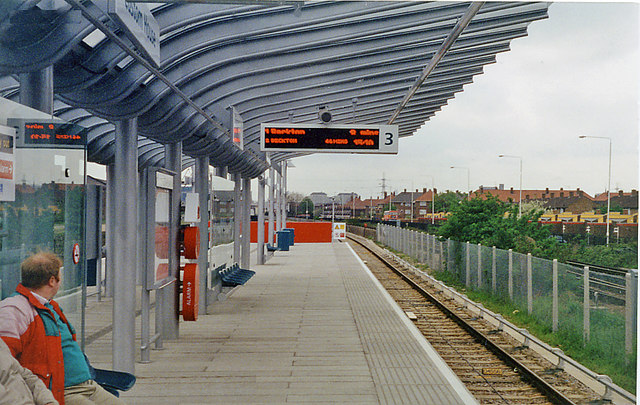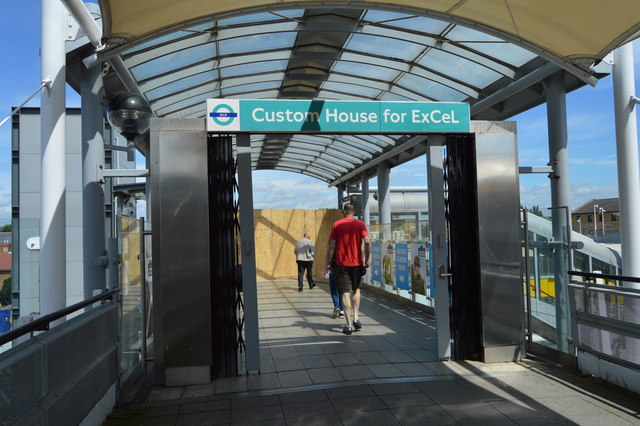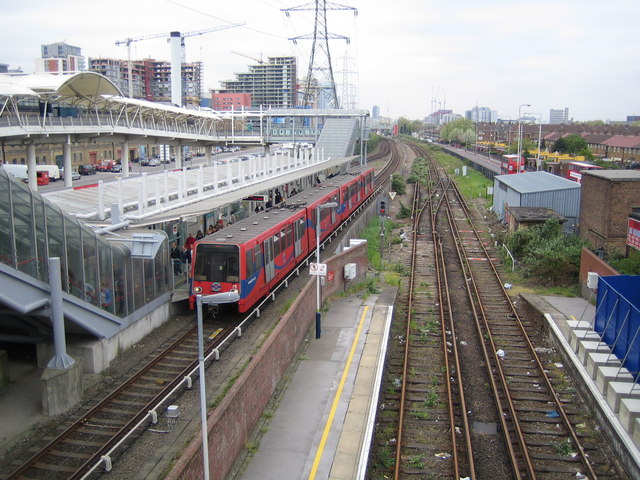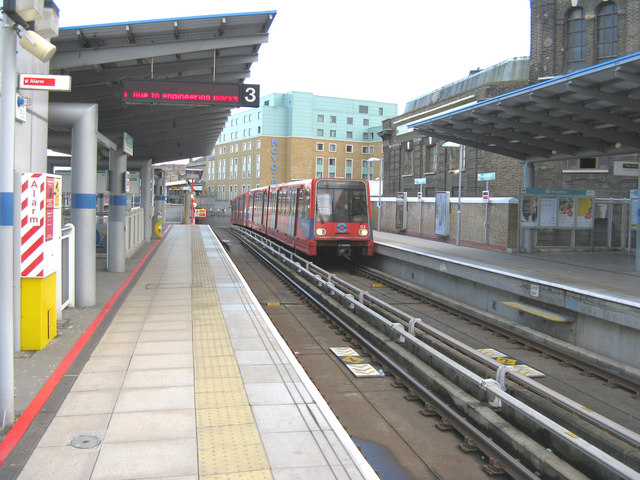Investing in real estate has long been considered a reliable way to build wealth and secure financial stability. However, as the investment landscape continues to evolve, new opportunities are emerging that offer even greater potential for investors. One such opportunity is DLR real estate.
Understanding the Basics of DLR Real Estate
DLR real estate refers to investing in properties leased by Digital Realty Trust (DLR), a leading provider of data center solutions. Unlike traditional real estate, DLR real estate offers a hands-off approach.
Investors purchase properties that are then leased back to DLR, allowing them to generate passive income from rental payments without the day-to-day responsibilities of property management.
One of the key advantages of investing in DLR real estate is the stability it offers. DLR has a strong reputation in the industry as a provider of data center solutions, ensuring consistent rental payments. Additionally, long-term lease agreements further provide predictable cash flow over an extended period.
Investing in DLR real estate also allows for portfolio diversification. By adding this alternative asset class, investors can reduce exposure to market volatility and economic uncertainties associated with other investments such as stocks or bonds.
In summary, understanding DLR real estate involves recognizing its advantages over traditional real estate. Investors can enjoy passive income and stability by leasing properties to Digital Realty Trust while diversifying their investment portfolios.
Why DLR Real Estate is Gaining Popularity Among Investors
DLR real estate is becoming increasingly popular among investors for several reasons. Firstly, it offers the opportunity for passive income generation through long-term leases. With leases typically ranging from 10 to 20 years, investors can enjoy consistent rental payments over an extended period, providing financial security and stability.
Secondly, DLR real estate presents reduced risk and volatility compared to other investment options. As businesses rely more on data centers, the demand for these facilities continues to rise, resulting in a more stable investment avenue.
Additionally, investing in DLR real estate allows for portfolio diversification with stable returns. By adding this asset class to an investment mix, investors can reduce overall risk and enhance the stability of their returns. The reliable income stream provided by DLR real estate acts as a hedge against market fluctuations.
Lastly, DLR real estate aligns with the growing digital economy. As technology advances and businesses increasingly depend on data storage and processing, the demand for data centers is expected to rise. Investing in this sector positions individuals at the forefront of this trend, offering growth opportunities and potential capital appreciation.
In summary, DLR real estate’s popularity among investors stems from its ability to generate passive income through long-term leases, provide reduced risk and volatility compared to other investments, offer portfolio diversification with stable returns, and align with the growing digital economy.
Exploring the Success Stories of DLR Real Estate Investors
Investing in DLR real estate has proven to be a lucrative endeavor for many individuals. Let’s delve into some remarkable success stories.
One investor, known as investor A, purchased a data center property leased by DLR several years ago. Over time, their passive income from rental payments has grown significantly, allowing them to achieve financial independence and secure their future.
Investor B found success by carefully selecting properties in high-demand locations and conducting thorough due diligence. They were able to generate substantial cash flow and build a robust portfolio.
These success stories highlight the potential for investors to achieve their financial goals through strategic investments in DLR real estate.
If you’re interested in exploring the opportunities offered by DLR real estate, there are key considerations to keep in mind before diving into this investment strategy.
Thorough market research, financial planning, due diligence on potential properties, location analysis, and risk management are crucial factors to consider for success in DLR real estate investing. By taking these key considerations into account, aspiring investors can position themselves for favorable outcomes in this dynamic market.
Conducting Market Research and Due Diligence
Thorough market research and due diligence are crucial when investing in DLR real estate. Identifying suitable locations is essential as it determines demand and potential rental rates. Analyzing market trends and rental demand helps make informed decisions about property selection.
By understanding the market landscape, investors can maximize their chances of success.
Evaluating Potential Properties for Investment
When evaluating potential investment properties, it’s essential to assess the quality and reputation of tenants. Look into their track record, financial stability, and industry standing to ensure a reliable income stream. Analyzing lease terms, rental rates, and potential cash flow is crucial in determining profitability.
Consider these factors carefully to make informed investment decisions.
Financing Options for Investing in DLR Real Estate
Investing in DLR real estate offers a range of financing options. Traditional mortgage loans are available, but specialized financing tailored to commercial real estate may be more suitable. Commercial real estate loans from banks provide favorable rates and terms.
Private funding offers flexibility and expertise, while crowdfunding platforms allow smaller investors to participate in larger deals. Thorough market research is essential to mitigate risks and find the best financing solution for your investment goals.
Understanding Lease Structures and Tenant Relationships
DLR offers leases structured as net leases, double net leases, or triple net leases. These lease structures determine the tenant’s responsibilities for property expenses such as taxes, insurance, and maintenance. Net leases have the tenant pay rent and property taxes, while double net leases add insurance costs.
Triple net leases require tenants to cover all property expenses. Understanding these lease structures helps investors assess their financial obligations and risks associated with each type of lease.
[lyte id=’1si0tVVATSM’]






